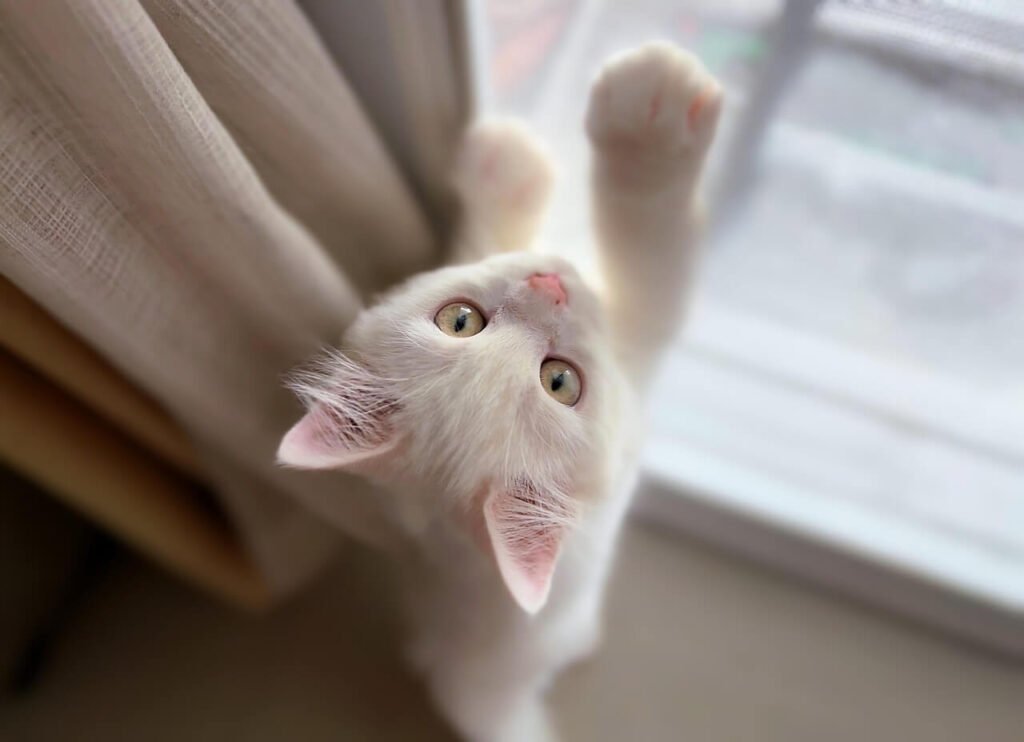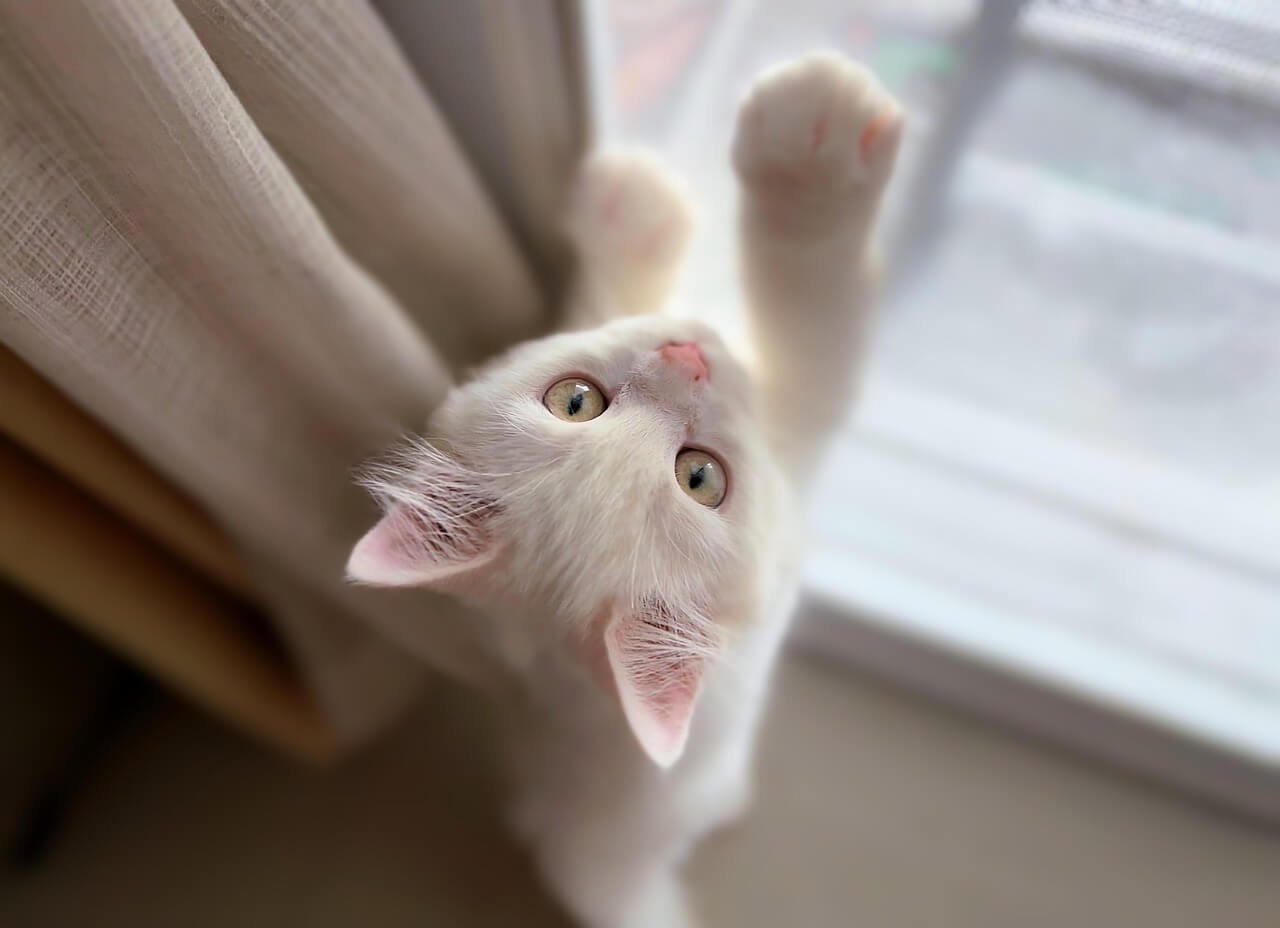Understanding Normal Cat Pee Clump Size: What Every Cat Owner Should Know
If you’ve ever found yourself staring at your cat’s litter box, wondering whether the clumps left behind are normal, you’re not alone. Monitoring your cat’s urinary habits is an essential part of ensuring their health and well-being. The size, shape, and consistency of cat pee clumps can provide valuable insights into your feline friend’s hydration levels, diet, and overall health. But what exactly constitutes a “normal” cat pee clump? In this article, we’ll explore everything you need to know about cat pee clumps, from factors that influence their size to signs that something might be amiss. By understanding these details, you’ll be better equipped to care for your cat and spot potential issues early.
What Affects the Size of Your Cat’s Pee Clumps?
The size of your cat’s urine clumps isn’t random—it’s influenced by several key factors. Understanding these variables can help you determine whether your cat’s bathroom habits fall within the normal range or if further investigation is needed.
Hydration Levels :
Well-hydrated cats produce larger, more diluted urine clumps, while dehydrated cats may leave smaller, concentrated ones.Type of Cat Litter Used :
Highly absorbent litters tend to create larger clumps, whereas less absorbent options may result in smaller formations.Frequency of Litter Box Cleaning :
Infrequent cleaning can lead to overlapping clumps, making it harder to assess individual sizes.Your Cat’s Age and Size :
Larger cats typically produce bigger clumps than smaller or younger cats due to higher urine volume.Diet and Nutrition :
Wet food diets often increase hydration, leading to larger clumps, while dry food may result in smaller, more concentrated ones.
By considering these factors, you can better interpret what’s happening in your cat’s litter box. If you notice significant changes in clump size, it could be worth consulting your veterinarian.
When to Be Concerned About Your Cat’s Urine Clumps
While variations in cat pee clump size are normal, certain patterns may indicate underlying health issues. Being aware of these warning signs can help you catch problems early and ensure your cat stays healthy.
Excessively Small Clumps :
Tiny clumps may suggest dehydration or urinary tract issues like blockages.Unusually Large Clumps :
Overly large clumps could indicate overhydration or conditions such as diabetes or kidney disease.Frequent but Minimal Clumping :
This pattern might point to urinary tract infections or bladder inflammation.Strong Odor Accompanying Clumps :
A foul smell can signal infections, dietary imbalances, or other medical concerns.Blood-Tinged Clumps :
Any sign of blood in the urine requires immediate veterinary attention.
Recognizing these red flags empowers you to take proactive steps toward your cat’s health. Always trust your instincts—if something seems off, seek professional advice.
Check this guide 👉How Often Should I Change Cat Litter? Best 7 Expert Tips!
Check this guide 👉Why Is My Cat Peeing on My Bed? Best 7 Expert Tips!
Check this guide 👉Understanding Crystals in Cat Urine: Best 7 Expert Tips!

Normal Clump Characteristics | Abnormal Clump Characteristics |
|---|---|
Medium-sized, consistent clumps | Extremely small or inconsistent clumps |
Light odor | Strong, pungent, or unusual smells |
Uniform texture | Irregular shapes or textures |
Matches typical daily output | Sudden increase or decrease in size |
No discoloration | Presence of blood or discolored patches |
Tips for Keeping Track of Your Cat’s Urinary Health
Regular monitoring of your cat’s litter box habits is one of the simplest ways to ensure their urinary health remains on track. Here are some practical tips to make this process easier and more effective.
Check the Litter Box Daily :
Make it a habit to inspect the litter box every day for any noticeable changes.Note Clump Size and Frequency :
Keep a mental or written record of how often your cat urinates and the size of the clumps.Observe Drinking Patterns :
Pay attention to how much water your cat consumes, as hydration directly affects urine output.Use High-Quality Litter :
Opt for absorbent, clumping litter that makes it easier to evaluate clump size and consistency.Clean the Box Regularly :
Frequent cleaning prevents overlapping clumps and ensures accurate observations.
Consistent monitoring helps you establish a baseline for what’s normal for your cat, making it easier to spot deviations when they occur.
Steps to Promote Healthy Urination in Cats
A healthy urinary system is vital for your cat’s overall well-being. Fortunately, there are several steps you can take to support their urinary health and maintain normal pee clump sizes.
Provide Fresh Water Daily :
Encourage hydration by offering clean, fresh water at all times.Incorporate Wet Food :
Adding wet food to your cat’s diet boosts moisture intake and supports proper hydration.Encourage Exercise :
Physical activity promotes circulation and helps maintain a healthy urinary tract.Avoid Stressful Environments :
Minimize stressors that could contribute to urinary issues, such as loud noises or sudden changes.Schedule Regular Vet Check-Ups :
Routine examinations can catch potential urinary problems before they escalate.
Taking these proactive measures ensures your cat enjoys optimal urinary health. Prevention is always better than cure when it comes to feline wellness.
Avoiding Missteps: What Not to Do When Observing Your Cat’s Urine Clumps
While keeping an eye on your cat’s pee clumps is helpful, misinterpreting the signs can lead to unnecessary worry or missed red flags. Here are some common mistakes cat owners make and how to avoid them:
Overreacting to Minor Changes :
Small variations in clump size or frequency are often harmless and don’t always indicate a problem.Ignoring Persistent Patterns :
Consistent abnormalities, like unusually small clumps over weeks, should never be dismissed.Blaming the Litter Alone :
While litter type affects clumping, it’s not the sole factor—hydration and health also play major roles.Failing to Consider Environmental Stressors :
Changes in your home, like moving furniture or introducing new pets, can temporarily affect urination habits.Skipping Vet Visits for Subtle Signs :
Even mild symptoms, such as slightly off-smelling clumps, can signal underlying issues that need attention.
By avoiding these pitfalls, you’ll be better equipped to accurately assess your cat’s urinary health and act appropriately when needed.
The Role of Nutrition in Your Cat’s Urinary Output
Your cat’s diet plays a crucial role in determining the size and consistency of their urine clumps. Understanding this connection can help you make informed decisions about their meals and hydration.
Wet Food Increases Hydration :
Canned or wet food contains more moisture, leading to larger, less concentrated clumps.Dry Food May Cause Smaller Clumps :
Kibble has lower water content, which can result in smaller, darker clumps due to dehydration.High-Sodium Diets Affect Urine Volume :
Foods with excessive sodium may increase urine output, creating larger clumps.Balanced Nutrition Prevents Imbalances :
Properly formulated diets reduce the risk of urinary crystals or stones that alter clump characteristics.Supplements Can Support Urinary Health :
Ingredients like cranberry extract or omega-3 fatty acids promote a healthy urinary tract.
A well-balanced diet tailored to your cat’s needs ensures their urinary system functions optimally. Always consult your vet before making significant dietary changes.
Reducing Stress to Promote Normal Urinary Habits
Stress can significantly impact your cat’s urinary health, potentially leading to abnormal pee clump sizes or even litter box avoidance. Here’s how you can create a calming environment to support their well-being:
Provide Multiple Litter Boxes :
In multi-cat households, ensure there’s at least one litter box per cat, plus an extra one to reduce competition.Choose Quiet Locations for Litter Boxes :
Place litter boxes away from noisy appliances or high-traffic areas to minimize stress.Maintain a Consistent Routine :
Cats thrive on predictability; keep feeding, playtime, and cleaning schedules consistent.Offer Safe Spaces for Retreat :
Provide cozy hiding spots where your cat can relax and feel secure.Use Calming Products if Needed :
Pheromone diffusers or sprays can help soothe anxious cats and encourage normal bathroom behavior.
By reducing stressors in your cat’s environment, you can foster a sense of security that supports their urinary health. A happy cat is more likely to exhibit normal pee clump patterns and overall wellness.
Frequently Asked Questions About Cat Pee Clumps
How big should a normal cat pee clump be?
A typical clump ranges from 1–3 inches in diameter, depending on factors like hydration and litter type.
Why does my cat have tiny pee clumps?
Small clumps may indicate dehydration or urinary tract issues; consult your vet if this persists.
Can litter brand affect clump size?
Yes, highly absorbent litters create larger clumps compared to non-clumping varieties.
Is it normal for clump size to vary occasionally?
Minor variations are normal, but drastic or persistent changes warrant attention.
What should I do if my cat stops using the litter box?
Seek veterinary care immediately, as this could signal a serious health issue.
Final Thoughts: Staying Vigilant for Your Cat’s Sake
Monitoring your cat’s pee clump size might seem like a small detail, but it plays a significant role in safeguarding their health. By staying informed about what’s normal and recognizing signs of trouble, you can ensure your furry companion leads a happy, healthy life. Remember, prevention and early detection are key—so don’t hesitate to reach out to your veterinarian if anything seems unusual. With love, care, and a watchful eye, you can give your cat the best possible chance to thrive. After all, a healthy cat means a happier home for everyone.
Understanding Cryptosporidium in Cats: Best 7 Expert Tips! – Spot symptoms, treat safely, and stop parasite spread in your home.
Understanding Cryptosporidium in Dogs: Best 7 Expert Tips! – Learn symptoms, treatment & prevention for this stubborn gut parasite.
Understanding Syringomyelia in Cats: Best 7 Expert Tips! – Recognize signs, manage pain, and support your cat’s neurological health with vet-backed guidance.
Understanding Syringomyelia in Dogs: Best 7 Expert Tips! – Expert insights on symptoms, MRI diagnosis, pain management & quality of life.





